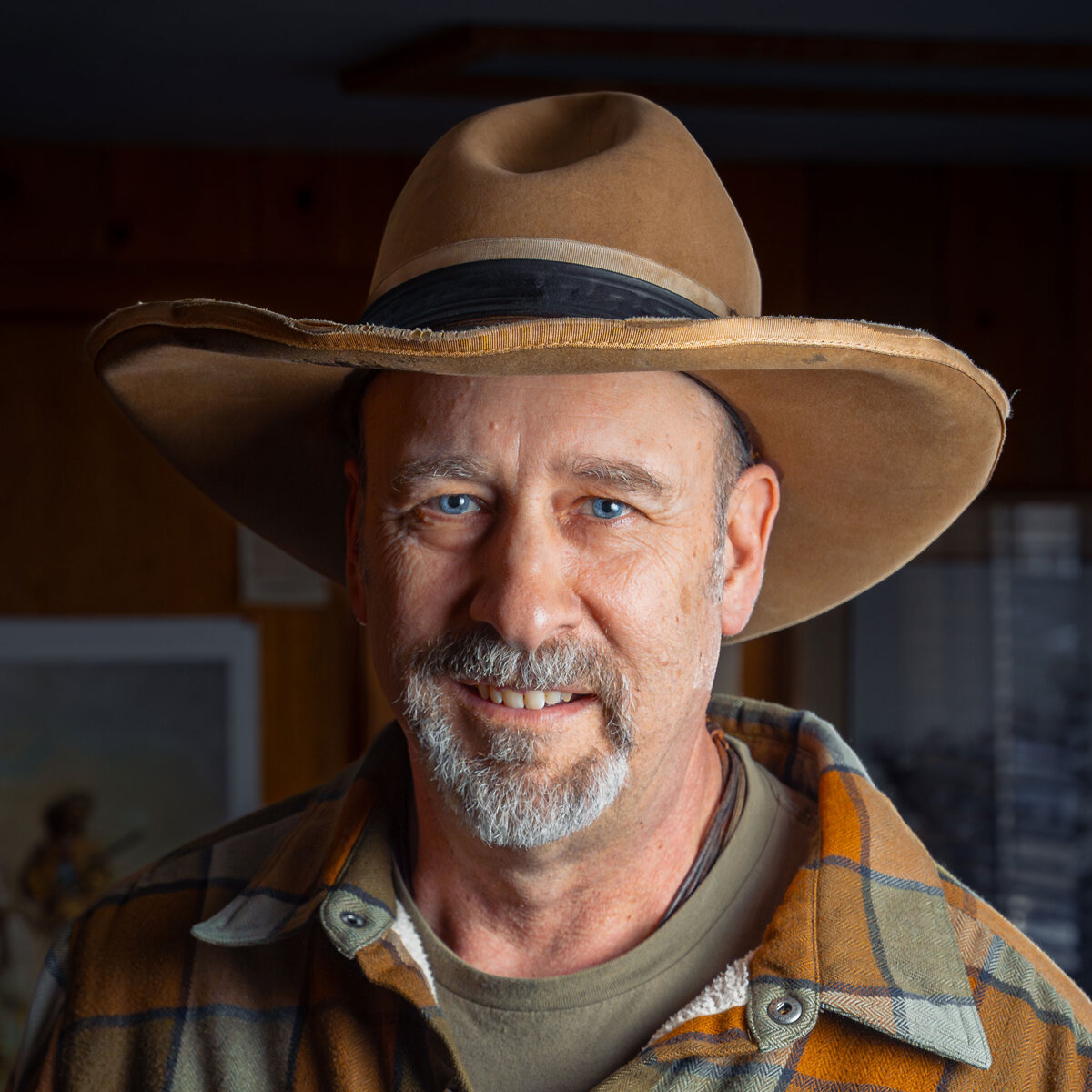Christmas Eve — ‘witching time for storytelling’
Last updated 12/3/2019 at Noon

Marley’s ghost visits Scrooge in an Arthur Rackham illustration of “A Christmas Carol.”\f0\fs24 \cf0 Public Domain
For most folks in America, the spooky season is walled off at the end of October on Halloween. The Christmas holiday season is a warm, cozy celebration of faith and family, replete with chestnuts roasting on an open fire, etc. And yet…
For centuries in European tradition, the winter solstice and Christmas were a spooky time of year. For Celtic, Germanic and Scandinavian peoples, this season was the time of The Wild Hunt.
It is extremely dangerous for mortals to encounter The Wild Hunt. You might be swept up into the sky and dragged off for miles on a terrifying ride. At worst, you might be taken for lifetimes, to return only in a hundred, two hundred years, when all you’ve known and loved is dust…
In Germanic and Scandinavian lore:
“(The Wild Hunt) swept through the forests in midwinter, the coldest, darkest part of the year, when ferocious winds and storms howled over the land.
Anyone who found him- or herself out of doors at night during this time might spot this ghostly procession — or be spotted by it, which might involve being carried away and dropped miles from where the unfortunate person had been taken up, or worse.
Others, practitioners of various forms of magic, joined in it voluntarily, as an intangible part of them (a “soul,” if you like) flew with the cavalcade while their bodies lay in their beds as if sleeping normally.
Sometimes, the members of the Hunt entered towns and houses, causing havoc and stealing food and drink.”*
Like so much Northern European folklore and music, tales of The Wild Hunt migrated to the New World. Perhaps the best-known poetic expression of The Wild Hunt is an American song, written by Stan Jones, “Ghost Riders In The Sky.”
As a holiday season tradition, the echoes of The Wild Hunt — rendered benign, of course — can readily be seen in Santa Claus riding across the sky on his gift-giving mission.
In the mid-19th century, Christmas was a season for ghost stories. There were many, but the most famous is the work of the immortal Victorian novelist Charles Dickens.
As Smithsonian Magazine notes:
“Washington Irving helped resurrect a number of forgotten Christmas traditions in the early 19th century, but it really was Dickens who popularized the notion of telling ghost stories on Christmas Eve.
The Christmas issues of the magazines he edited, Household Words and (after 1859) All the Year Round, regularly included ghost stories — not just A Christmas Carol but also works like The Chimes and The Haunted Man, both of which also feature an unhappy man who changes his ways after visitation by a ghost.
Dickens’ publications, which were not just winter-themed but explicitly linked to Christmas, helped forge a bond between the holiday and ghost stories; Christmas Eve, he would claim in ‘The Seven Poor Travellers’ (1854), is the ‘witching time for story-telling.’”
“A Christmas Carol” is, of course, the most famous Christmas ghost story of them all. The tale of the miser Ebeneezer Scrooge and the Christmas Eve visitation of four spirits whose revelations change his outlook on life permeated Christmas culture around the globe.
Concern for the treatment of the poor in a rapidly changing capitalist world, and the possibility of personal redemption are themes that have resonated over 176 years, through countless film and stage adaptations. Each interpretation of the tale emphasizes different aspects of the story. Some are pretty spooky; others more lighthearted. A BBC/FX production under the creative leadership of Steven Knight (“Taboo” and Peaky Blinders”) and set to premier on December 19 is going all-in on the spooky take. It looks downright terrifying.
So if your tastes run to chills a little deeper than mere winter’s cold, apparitions that can’t be written off, as Scrooge hopes, as an “undigested bit of beef, a blot of mustard, a crumb of cheese, a fragment of an underdone potato,” you are not alone — in fact, you are part of an old — even ancient — tradition.
*https://norse-mythology.org/the-wild-hunt/


















Reader Comments(0)